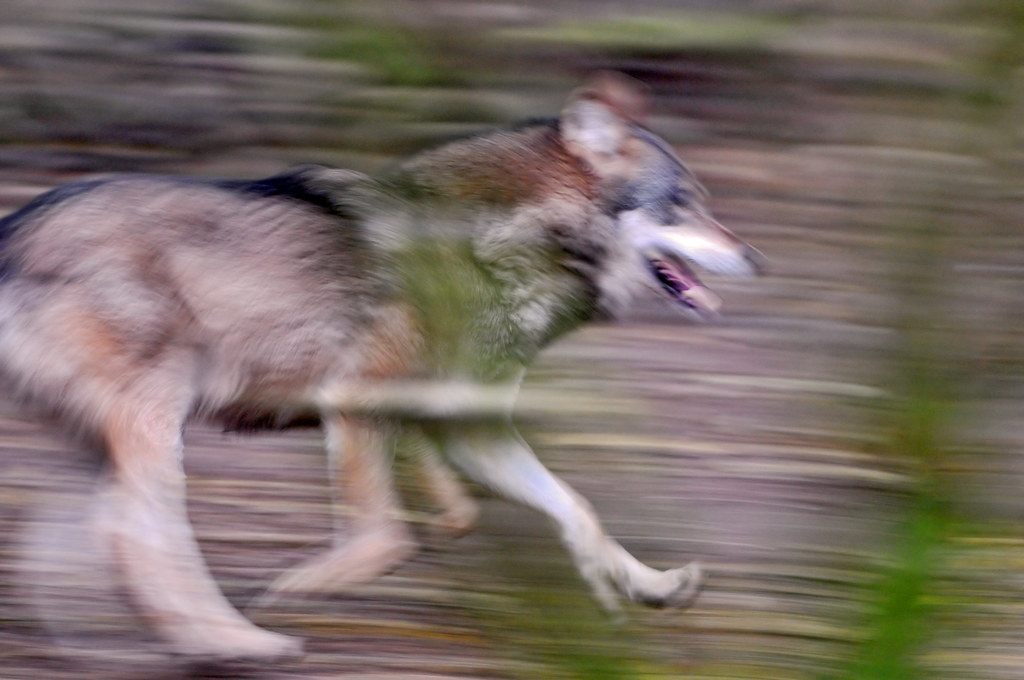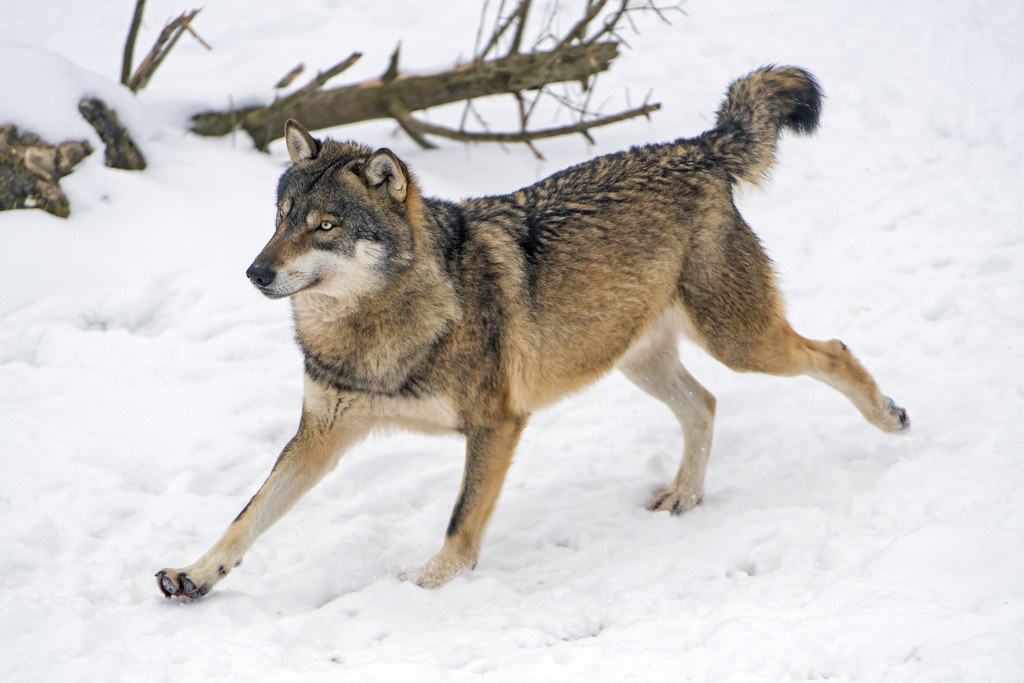Using Images

Welcome to the Purdue OWL
This page is brought to you by the OWL at Purdue University. When printing this page, you must include the entire legal notice.
Copyright ©1995-2018 by The Writing Lab & The OWL at Purdue and Purdue University. All rights reserved. This material may not be published, reproduced, broadcast, rewritten, or redistributed without permission. Use of this site constitutes acceptance of our terms and conditions of fair use.
Images can be used to enhance the textual content of a research poster. When selecting images, it is important to ensure that they are of a high-quality resolution and that they depict content relevant to your research. Photos should be saved as .jpg or .png files and adjusted for color and contrast if necessary.
Providing captions for your images allows you to contextualize the relevance of this visual content as it relates to your research. Captions should include brief descriptions of the message the image aims to convey and can explicitly draw the reader’s attention to important aspects or details to help them understand how they relate to your research.
When utilizing maps, charts, or graphs, be sure to create labels to describe the data you are presenting. Take note of the citation style that you're using — APA, for example, has specific requirements for captioning and labeling graphs, tables, and figures.
Image Examples |
|
| Bad Image | Good Image |
 |
 |
|
Running wolf
|
Figure 1. A wolf runs through a snowy landscape. While it stands out against the snow, its fur helps it blend into wooded environments.
|
Image Credits:
"Blurry running wolf" by Tambako the Jaguar is licensed with CC BY-ND 2.0.
"Happy wolf running in the snow" by Tambako the Jaguar is licensed with CC BY-ND 2.0.